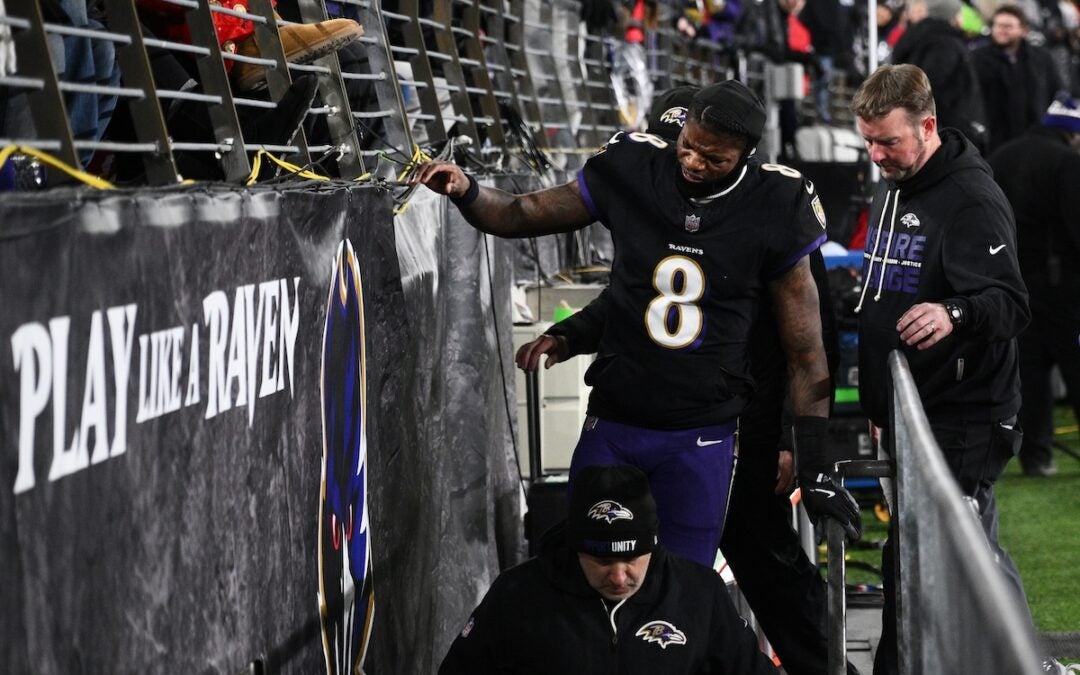Recently, a reader asked me to “write a column on the state of journalism in the United States.”
The reader specifically wanted to know, I think, how opinion crept into journalism when what we call objectivity (but is really more like fairness) is the anticipated norm.
Opinion
Another person responded to the same column asking, “So someone please tell me what happened to all these so-called journalists these last few years?”
I am happy to comply, though doing so requires me to put on my journalism historian’s hat.
Let me take you back to the year 1897. That’s the year when American journalists had to choose between “three rival and incompatible visions” of their profession, according to American University journalism professor Joe Campbell in his book The Year that Defined American Journalism: 1897 and the Clash of Paradigms.
Well, maybe “had to choose” to is too strong, but it’s the year when the profession made a choice that shaped the 20th century as we knew it: a just-the-facts, emotionally detached presentation of information that tells news consumers what happened by answering six traditional questions: who, what, where, when, why and how.
The proper journalistic posture was to act as an uninvolved observer who served the public good by being a conduit between sources (usually official ones who held some sort of corporate or government office) and audience. That model would be as true for broadcast as it was for print.
Campbell’s three models were exemplified by three news industry leaders who labored in the late 19th century and early 20th century: William Randolph Hearst, one of the fathers of sensational yellow journalism and owner of the New York Journal; Adolph Ochs, a Chattanooga journalist who revitalized the failing New York Times with his “All the News that’s Fit to Print” approach to news (and whose descendants still own the paper); and Lincoln Steffens, one of the original muckrakers, who was editor of the New York Commercial.
Hearst’s newspaper followed a “journalism of action” model, as he believed journalists were sort of modern-day knights in shining armor whose job it was to right social wrongs by stepping up to fill voids left by “government inaction and incompetence.” They did this not just by doing stories about government malfeasance but by actively crusading to make things better.
Adolph Ochs also espoused a type of public service journalism, but his was much more contained. His philosophy emphasized detachment, impartiality and fairness in about as unflamboyant a way as possible.
Maybe you remember what the New York Times looked like before it capitulated in 1997 and started running color pictures on the front page. There was a reason she was nicknamed “The Old Gray Lady.” The Times was somber, staid and authoritative.
Steffens’ paper was more like a magazine than a newspaper, at least in terms of its writing. It was mostly long form stories written literary in style. That Steffens would prefer such a style makes sense given that he reached the apex of his career in magazines as one of the original “muckrakers.”
Muckrakers were a group of magazine journalists who used their medium to do lengthy investigations of corruption or in-depth reporting on interesting topics. Steffens’ fame came from a series he did titled “Shame of the Cities,” a serial that ran first in McClure’s Magazine and later became a book. He used that series to reveal corrupt political machines in American cities.
Though Campbell admits these were three competing models of journalism among several others, he didn’t deal with any of the others. He found these three to be the most common in 1897, and thus he used them as his examples.
Joe Campbell is an old friend, and he and I have disagreed on a number of things over the years. This is one of them. I believe he erred by not including at least one other journalistic form that existed at the turn of the 20th century: political, or partisan, journalism.
Partisan journalism goes back at least to 1800 when John Adams and Thomas Jefferson used newspapers to vie for the presidency (you might enjoy viewing this YouTube video to get an idea of how harsh partisanism was in that election: https://www.youtube.com/watch?v=sQmtEc-6E-Y). Some historians would argue partisan journalism actually goes back to the colonial period when Tory and Patriot newspapers were published.
I suppose that’s probably most accurate except that Tory papers didn’t fare well at all; that was not because of government censorship (they represented the ruling government, after all) but because of mobs of citizens who literally would tear down newspaper offices, “pi” the type and run the editor out of town – if he was lucky. To pi type is a phrase that goes back to the days of hand-set lead type and refers to dropping a type case that was ready for the press and having the type scatter everywhere.
The reason I believe Campbell is wrong is that partisan journalism has been with us for a long time and never really died. Even as Adolph Ochs’ staid and somber model of public service journalism (i.e., journalism that serves the public’s right to know) became the norm in the 20th century, political publications continued, though definitely in the background and more likely in the form of candidate or party newsletters.
One reason Ochs’ model won out was that it could attract readers from across the political spectrum, hence it was more attractive to advertisers who wanted to reach the most people possible. Also, Americans had been subjected to decades of yellow journalism, and I believe emotional fatigue set in.
My thought is that people of the time just got tired of that adrenaline rush that happened when the newsboys hawked astonishing or titillating or shocking news every morning and evening – whether there really was any real news or not.
Then, there were regulatory reasons as well for changes in journalism. The Mayflower doctrine of 1941 forbade editorializing on the radio, but the FCC repealed that doctrine in 1949 in favor of the fairness doctrine. The fairness doctrine allowed radio, later television as well, to broadcast opinions so long as opposing views were all included.
Some readers might remember Point-Counterpoint, a featured segment for years on CBS’s 60 Minutes. 60 Minutes had to offer both a liberal and a conservative perspective because of the fairness doctrine.
All that changed in 1987 when the FCC repealed the fairness doctrine under the Reagan administration. That decision allowed broadcasting to air programs with partisan political commentators such as Rush Limbaugh, Chris Matthews, Keith Olbermann, Glen Beck and, locally, Austin Rhodes. Deregulation also allowed networks such as MSNBC and Fox to come on the air.
Those broadcasting commentators and networks made good money for a long time, and the political lure was strong for print media as well.
The decision also helped stratify audiences. Viewers came to have a taste for partisan news, and some of that crept into the print world as well.
Mostly, though, newspapers have held out for the Ochs’ public service model, though hyper-partisan readers don’t always recognize that a newspaper’s stance on its editorial page generally isn’t allowed to creep into its news coverage. Especially if the editorial page stance isn’t one the reader agrees with. Then, the reader is more likely to see the opinion pieces as biased.
So, ultimately, journalism is the way it is today because of money, regulation and audiences.
For many years, Americans had a decided taste for impartial, fair journalism, and they supported media that provided that kind of news. But then, when regulations changed, opinion became attractive because it was entertaining—way more entertaining than straight news. Who wouldn’t rather listen to Rush Limbaugh or Keith Olbermann argue about the Federal budget than read a straight-forward news story that lays out what the budget does and doesn’t fund?
Conflict is entertaining. News, not always so much.
The real moral of the story is that Americans get the media they want. If more Americans wanted straight news and would pay for it, then we’d have more straight news.
Now, that said, I have to add that newspapers did have a hand in killing their industry off when they started making news available for free on the Internet. Audiences have will always want information, and for a while, they got a taste of not having to pay for it. Who wants to go back to paying for something they used to get for free?
I’m grateful that we have a group of people in Augusta who are willing to pay for high quality news. That is what has allowed The Augusta Press to thrive in its two years in publication. We’ve found a meeting of the minds – people who want Ochs’ form of news paired with people who want to provide that kind of news.
I feel like The Augusta Press and the wider community of the CSRA is a match made in heaven, and I hope that pretty soon, that same sensationalism/partisan fatigue that set in in the early 20th century will set in again across America and partisan journalism will fade into the background for a while so the news industry can get back to the business of publishing and broadcasting straight forward news.
Debbie Reddin van Tuyll is editor-in-chief of The Augusta Press. Reach her at debbie@theaugustapress.com












